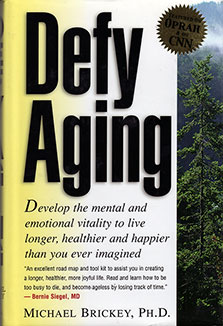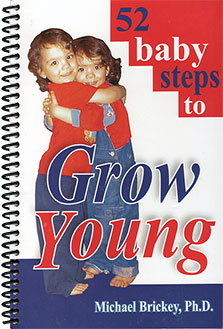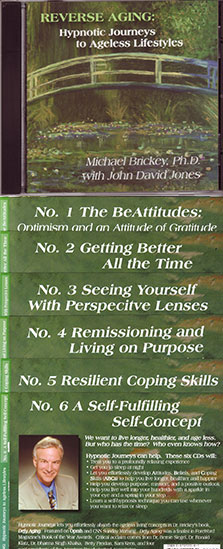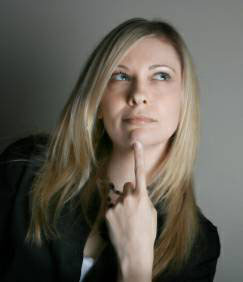The Defy Aging Newsletter
Anti-aging psychology, holistic health, and wellness
These are archives of a biweekly e-mail newsletter for helping you think, feel, look, and be more youthful and live with purpose.
Number 128
This issue:
Mourning Rituals
ACTION TO TAKE
When grieving, consider King David's example and when to mourn, and when to end mourning.
WHY
If you are going to live a long time, one of the challenges is dealing with loved ones dying. King David was one of God's all time favorites--a poet, a warrior, and King. But he had one big sin--he lusted after Bathsheba. He arranged for her husband to be sent to the heat to battle in hopes he would be killed. He was. David married Bathsheba and she became pregnant. The prophet Nathan confronted David with his sin. Even with his repenting, Nathan told David his child to be would die.
David prayed, fasted, and wept for days. But the child died anyway. He then took a bath, got dressed, prayed, and had dinner. His friends asked why he no longer mourned. David said that when his child was ill he hoped God would have pity on them. But now he is dead there is nothing he can do for him. (So he went on with his life.) David comforted Bathsheba and they had another son, Solomon. Solomon did quite well. Thus God apparently was pleased with how David handled mourning for his son.
When has one mourned enough? I see a lot of people feel guilty if they don't continue mourning indefinitely. Religious traditions can be very helpful in prompting us to do intensive mourning and giving us mutually agreed upon criteria for when we have mourned enough. Jewish traditions in particular are very precise about mourning requirements and are a good example of very helpful mourning traditions.
Jewish law provides for very loving care of the body before burial but no make up, embalming, or attempts to make the person look lifelike. The burial follows soon with a plain wooden coffin (so there is no distinction between rich and poor and there is no attempt to attempt to prevent nature from decomposing the body).
Congregants and friends then prepare a meal of recuperation that starts seven days of intense mourning at home. Friends visit frequently and provide support and prepare meals. After the seven days of "sitting Shiva," family members can return to work or school but not engage in entertainment for thirty days after the burial. They pray daily with at least ten other Jews to have community support in their loss. When mourning your own parents the mourning lasts for eleven months. After that, there are special prayers on the anniversary and four holidays a year.
In David's time many babies died in childbirth or shortly after childbirth. To prevent parents from frequently being in mourning, Jewish law determined that a baby was not a person until he or she was 30 days old. Hence while David must have been very grief stricken, there were not mourning traditions for his son. Today with children rarely dying in childbirth, Jewish laws have begun to recognize and provide for grieving for these deaths as well.
Whatever your religious or cultural traditions, mourning traditions can be very helpful in knowing how to mourn, and in knowing when you have mourned enough.
QUOTES
He that lacks time to mourn, lacks time to mend.
~Sir Henry Taylor
HUMOR
How wholesome is Disney for our children? 101 Dalmatians and Peter Pan are the only two Disney cartoon features in which both parents that are present and don't die throughout the movie.
A middle aged woman had a near death experience and asked God if she would die. He said he plans to have her live another thirty years. So she extended her stay at the hospital and had a face lift, breast augmentation, and tummy tuck and even died her hair blonde. Walking out of the hospital she is killed by a speeding car. In heaven she asked God, "I thought you said I had another 30 years?" God replied, "Sorry, I didn't recognize you."
Reprint this article from:
THE DEFY AGING NEWSLETTER
Anti-Aging Psychology
Holistic Health and Wellness
This newsletter article may be reprinted in E-zines, newsletters, newspapers, and magazines provided the content is not edited and the attribution below is given. Formatting may be changed and you may use one of the web site pictures of the author to accompany the article.
"Dr. Michael Brickey, The Anti-Aging Psychologist, teaches people to think, feel, look and be more youthful. He is an inspiring keynote speaker and Oprah-featured author. His works include: Defy Aging, 52 baby steps to Grow Young, and Reverse Aging (anti-aging hypnosis CDs). Visit www.NotAging.com for a free report on anti-aging secrets and a free newsletter with practical anti-aging tips."






